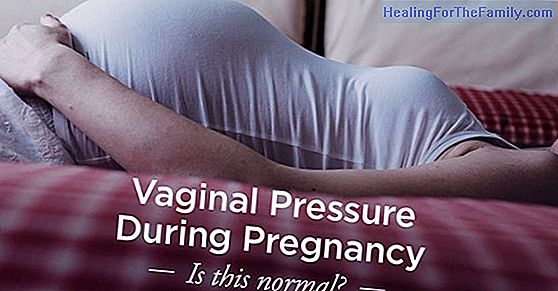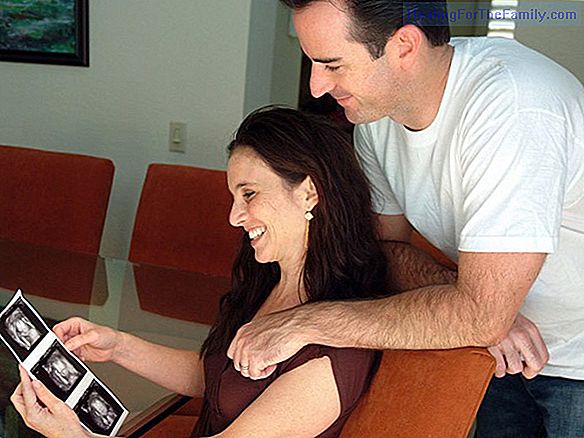Cesarean section in childbirth. How to recover from a cesarean section
Recovering from a cesarean section is slower than doing it from a vaginal delivery. The reason is that while labor is considered a physiological act, cesarean is a surgical intervention. For this reason, you should stay in the hospital for a few more days (from 3 to 5), than if you had given birth a
Recovering from a cesarean section is slower than doing it from a vaginal delivery. The reason is that while labor is considered a physiological act, cesarean is a surgical intervention. For this reason, you should stay in the hospital for a few more days (from 3 to 5), than if you had given birth after a vaginal delivery.
The first two or three days after caesarean section are the most annoying. Complete recovery does not occur until after 6 weeks, but after 2 weeks of the operation it is usual to feel much better. During the first week, it is normal to have a vaginal bleeding, but from the second week, the reddish bleeding will turn yellowish or pinkish and will last for 6 weeks.
Caesarean section in the hospital

The first critical moment after cesarean section is when the effects of anesthesia subside. It is normal to keep the catheters for the administration of serums and medication and even the bladder catheter up to 24 hours after the intervention.
After the catheter is removed, it is important to urinate, although it may be annoying at first. Opening the tap or pouring some warm water through the pubic can help with urination. Also, by emptying the bladder, you will also make it easier for the uterus to return to its normal size. This involution of the uterus leads to bleeding, which can last up to 6 weeks.
It is convenient that you get out of bed and get up with help, incorporating yourself with the help of a cushion that you will hold next to your belly. Once you are standing, it is recommended that you take short walks to improve leg circulation and prevent thrombosis. These walks will also help you to move again the intestinal transit, since it stops by anesthesia and it is convenient that you evacuate or inform your midwife that you do not do it. To relieve the annoying gas and cramping resulting from any abdominal surgery can help a rocking chair or swing in a chair.
Putting your baby to breast may be a bit complicated at first, especially holding the baby in his arms because the weight of the child on the scar can hurt. Cesarean section does not interfere with milk production. Use cushions or lie on your side to breastfeed.
Cesarean section wound
Cure and heal the wound of cesarean section is becoming easier because more and more resorbable stitches are used and covered with antiseptic dressings that prevent infections by bacteria from the embryo. The wound of a cesarean usually takes about 10 days to heal and it is important to keep it clean and dry to avoid infections. You should not suffer redness, swelling or pain when you touch it.
If you notice some of these symptoms or it takes a long time to heal, you should ask the doctor.
Caresarean wound care:
1. Avoid making sudden movements that compromise the abdominal muscles or affect healing. V 2. Dress with cotton garments that allow perspiration.
3. Save a few days of rest after the operation. During the first two weeks after the operation, avoid stairs, housework, weight gain and exercise.
4. Avoid resuming sexual relations until after a month and a half.
Caesarean section at home
Rest at home should be your maxim to properly recover your abdominal muscles, which are weakened by surgery. Sleep as much as your baby allows you and, at least, take a nap a day taking care of your posture. Dúchate, do not bathe and do not put tampons, use compresses, until the scar has healed completely. Some symptoms that can alert you that something is not going well are the following:
- Bleeding or suppuration of the scar.
- Abundant vaginal bleeding.
- Stinging when urinating.
- Fever. More than 38 ºC.
- Headaches. If they do not remit in intensity.
- Sudden pain or stinging in the abdominal area.
- Pain in the chest: redness, hot or hardened areas.
- Swollen legs.
- Depression.
Marisol Nuevo.












